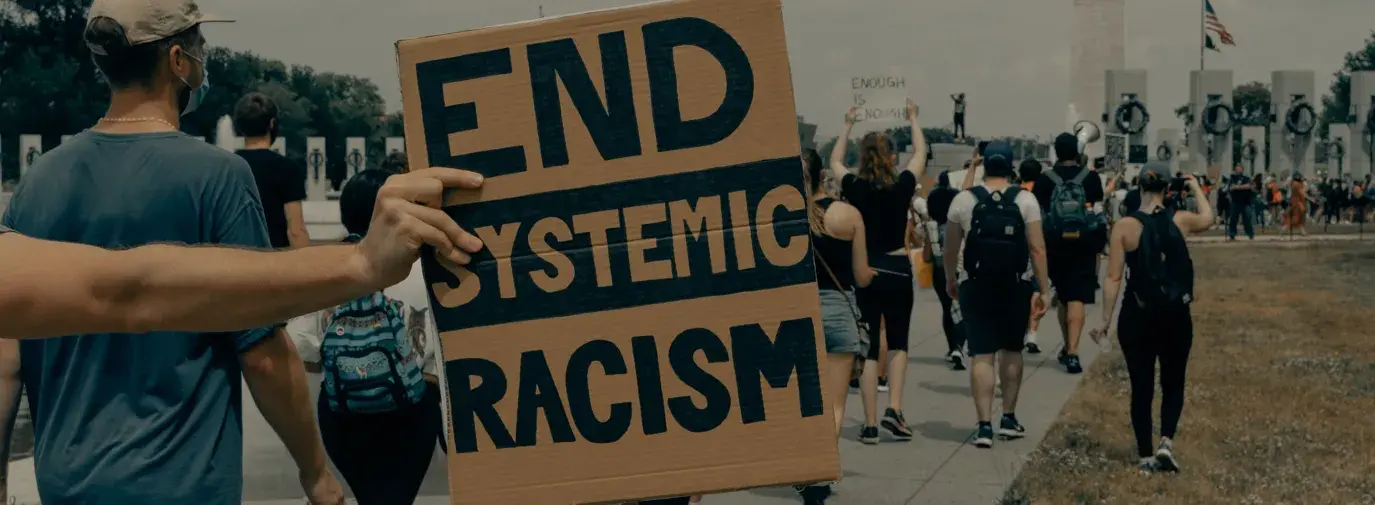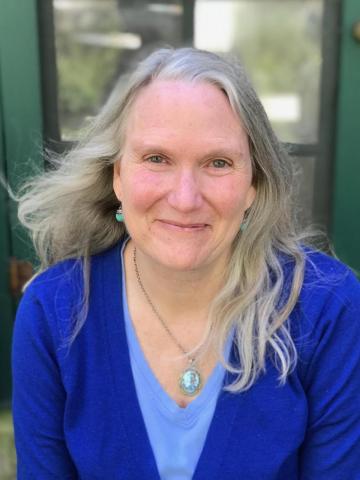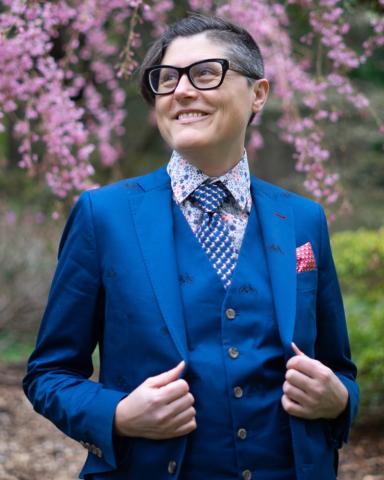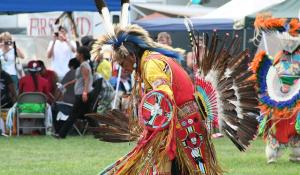
In a social justice workshop conducted by Ilsa Govan, an anti-racism facilitator at Cultures Connecting, a Korean American woman shared that when she was a child, kids teased her about the foods she ate. All the white women in the workshop responded with things like, “I love your food,” “it’s great when you bring your food for lunch”—meaning, “I’m not like those kids.” For the white women, it may have felt like an expression of empathy, but for the Korean American woman, it was de-centering her experience with racism by making the conversation about them.
“What would it look like instead for us to lean into that conversation, to listen for understanding, to say, ‘what was that like for you as a child?’” asks Govan. “We perpetuate racism by keeping it invisible.”
Govan and her colleague Tilman Smith are co-authors of the new book, “What’s Up with White Women: Unpacking Sexism and White Privilege in the Pursuit of Racial Justice.” It is a practical guide for white women interested in becoming more effective in their cross-cultural and anti-racist practice, with concepts rooted in real stories. The intention behind the book is to invite white women to understand their gendered role in systemic racism and how their access to institutional power grants them a unique opportunity to act.
How Strategies for Surviving Sexism Can Perpetuate Racism
Smith and Govan explain that white women occupy a space between white men and people of color—a space called the “buffer zone,” a term they credit to Paul Kivel, a social justice educator and co-founder of the Oakland Men’s Project. In the buffer zone, white women—regardless of other marginalized identities they may hold—can access institutional power through their relationship with white men, yet still experience the oppression of sexism. While all women experience sexism, it plays out differently for women of color who are also dealing with racism. Sometimes, strategies white women use to survive sexism in the buffer zone can perpetuate racism.
“If we’re in a meeting and we feel like we’re not being heard, we tend to get big and talk firmer, louder,” says Smith. “When we’re with a group of white men, that’s what we need to do to present—‘you are not going to render me invisible.’ But that same strategy in a multiracial group is maladaptive. It does not work well because we leave no space for anybody else. And therefore, we perpetuate white supremacy, think that we’re being our nice, firm, feminine selves, but we’re actually being oppressive.”
Similarly, body language to survive sexism can perpetuate racism in other situations. Throughout the book, Smith and Govan use personal stories to illustrate these concepts—one of which is how some white women respond to confrontation.
During a committee meeting, a multiracial woman gave Govan some criticism on her allyship in front of the entire group. Govan confronted her after the meeting and when the woman of color became visibly angry that Govan wasn’t listening, Govan shut down.
“And as a young child, I learned [to be icy and quiet] to deal with sexism when I knew I couldn’t fight back,” says Govan.
While the silent treatment would hopefully prevent a violent confrontation with a white man, for a Black or brown person, even being loud when addressing a quiet white woman could result in arrest and detention in a system that historically does not protect them—African Americans are more likely to be wrongfully convicted of a crime than any other ethnic group, according to a 2017 report from National Registry of Exonerations and the University of California Irvine.
Govan’s initial reaction to defend her allyship feeds into the internalized belief that white women want to be good people, and that good people can’t make mistakes. However, when a person of color gives feedback, it is an invitation to do better—regardless of delivery. It is important to believe them and thank them. The price of not doing so is continued injustice.
“White women often think the opposite of racist is good, rather than the opposite of racist is anti-racist,” says Govan of what she learned from that and other interactions with people of color.
That idea of goodness is counterproductive to learning and practicing anti-racism, the authors
say. Unlearning white supremacy messaging will result in many mistakes and that is something white women will need to come to terms with to make progress.
What White Women Can Do
Govan and Smith hope that white women who read their book do not expect a step-by-step handbook to becoming anti-racist—every journey is different and is informed by personal experiences. However, Govan explains that a social justice framework can offer guidance.
Awareness: Have awareness of yourself and how you move about the world. Govan explains that she had to look deeply at how experiences throughout her life taught her to internalize white superiority from the teachers she had at school to the unspoken messages in the communities she lived in.
Knowledge: Amassing knowledge by reading the works of educators who have been writing about these issues for years. See recommendations below.
Skills: Practicing what has been learned through self-reflection and knowledge. Sometimes that’s knowing when to remain silent and when to speak up. Govan emphasizes that white women who want to learn anti-racism must get over the fear of failure—making mistakes is part of developing skills. Smith hopes that white women will help each other learn as they struggle on this journey.
Advocacy: Advocating for anti-racism in laws and in the policies of organizations. The personal work is important, but it is not enough to herald the changes necessary for justice in society; systemic changes are critical to advancing anti-racism at scale.
Proceeds from Govan and Smith’s book will be donated to organizations with leaders of color: Unspoken Truths, the award-winning American history exhibit by Delbert Richardson, and Tsuru for Solidarity, a Japanese American organization working to end detention sites on the US-Mexico border.
Acknowledging the Educators who Informed this book:
Govan and Smith acknowledge that this book has been informed by the writings of many educators of different backgrounds. They state that giving credit where credit is due is part of dismantling white supremacy. Here are some of the educators they acknowledge:
- Angela Davis, “Women, Race, and Class”
- Melissa V. Harris-Perry, “Sister Citizen: Shame, Stereotypes, and Black Women in America”
- Audre Lorde, “Sister Outsider”
- Leticia Nieto, “Beyond Inclusion, Beyond Empowerment”
- Paul Kivel, “Uprooting Racism: How White People can Work for Racial Justice”










